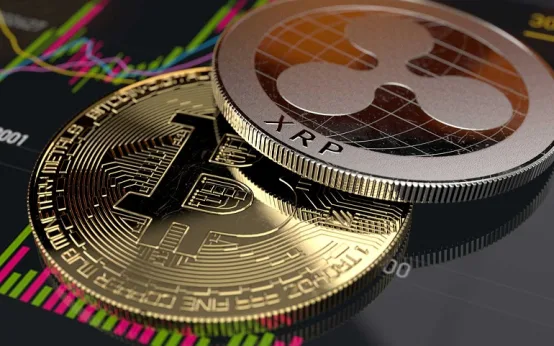
Ethereum has long been recognised as the backbone of decentralised applications, smart contracts, and much of the DeFi and NFT ecosystems. But with rising transaction fees and network congestion, questions have emerged about whether it can maintain this dominant position in the face of faster competitors. That’s where Ethereum 2.0 — now called Ethereum upgrades under the new roadmap — enters the picture.
In 2025, the long-awaited transformation of Ethereum is well underway. With the successful implementation of major upgrades like the Merge and ongoing developments in sharding and scalability, investors are asking: Will Ethereum 2.0 truly revolutionise the crypto market this year?
For UK investors, understanding the scope of these changes and their potential economic impact is crucial to making informed decisions.
What Is Ethereum 2.0 and What’s Already Happened?
Ethereum 2.0 isn’t a single event but a series of upgrades aimed at improving the Ethereum network’s scalability, sustainability, and security. These changes are being rolled out over several phases, with some already in place.
The most significant milestones include:
- The Merge (2022): Ethereum transitioned from proof of work (PoW) to proof of stake (PoS), reducing energy consumption by over 99%.
- Shanghai Upgrade (2023): This allowed validators to finally withdraw staked ETH, adding liquidity and flexibility to staking.
- Proto-Danksharding (2024): This experimental step paved the way for full sharding, intended to dramatically improve transaction throughput.
Together, these upgrades make Ethereum cheaper to use, more environmentally sustainable, and more efficient — without compromising security. But full sharding and other performance improvements are still being developed in 2025.
How Ethereum 2.0 Is Reshaping the Market
Ethereum’s upgrades are beginning to impact the broader crypto market in several ways. For starters, lower gas fees and faster transaction speeds are making the network more attractive again to developers, dApp users, and businesses.
This has triggered several knock-on effects:
- Renewed DeFi activity: Projects that migrated to other chains are returning, bringing liquidity and volume back to Ethereum.
- NFT recovery: With cheaper minting and transfers, the NFT space is seeing a revival among serious creators and collectors.
- Staking growth: With staking now more accessible and flexible, institutional investors in the UK are taking positions in Ethereum as a yield-bearing asset.
Competitors like Solana, Avalanche, and Cardano are still pushing forward, but Ethereum’s upgrades have closed the performance gap significantly, making it once again the central hub of Web3 innovation.
Investment Implications for UK Crypto Traders
Ethereum’s transition to proof of stake and its improved scalability present a range of opportunities — but also new considerations — for UK investors.
Key investment implications include:
- Increased ETH demand: As Ethereum becomes more useful, demand for ETH (used to pay gas fees) rises, potentially driving prices higher.
- Staking yields: Investors can now stake ETH directly or through UK-based crypto platforms, earning passive income while supporting the network.
- Layer 2 growth: Rollups and scaling solutions like Arbitrum and Optimism are still essential parts of the ecosystem, creating additional investment avenues.
At the same time, regulatory bodies like the FCA are paying close attention to staking services and crypto yield products, which means due diligence and compliance are more important than ever.
What’s Still Ahead for Ethereum in 2025?
Ethereum is far from finished. Several milestones remain on the roadmap, including full data sharding, better decentralisation of validators, and enhancements to user privacy and wallet functionality.
The future of Ethereum also depends on external factors — including regulation, competition, and the overall adoption of decentralised technologies. While Ethereum 2.0’s technical upgrades have laid the groundwork, market behaviour and global economic conditions will ultimately shape its impact.
For UK investors, Ethereum remains a central part of any serious crypto strategy. With its new foundation, it is better positioned than ever to scale with demand, attract capital, and maintain its role as the infrastructure of decentralised finance.

 How to Avoid Credit Card Debt in the UK
How to Avoid Credit Card Debt in the UK  Is Solana the Next Ethereum? Exploring Its Potential
Is Solana the Next Ethereum? Exploring Its Potential  Inflation vs. Recession: Impact on Your Wallet Revealed
Inflation vs. Recession: Impact on Your Wallet Revealed